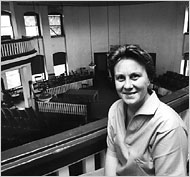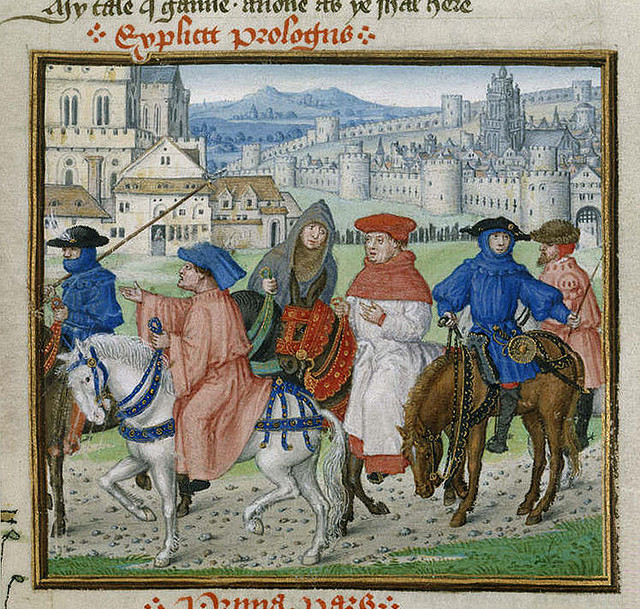Parallel Plots

Source: harmonica, davidking, Flickr
Parallel plots occur in short fiction when two characters’ stories run parallel in a text and then meet near the end to resolve the story. Let’s return to “The Treasure of Lemon Brown” from section 3. In that section, Greg wants to play basketball, and his father wants him to raise his math grade. Greg goes for a walk and wanders into an abandoned building where he meets a homeless man named Lemon Brown. Lemon Brown reveals that he used to be a blues musician, and his “treasure” is a dented harmonica and some old press clippings from his days on tour. Lemon spent his son’s childhood traveling and playing music to raise money for the family. All he had to give to his son was the harmonica and the press clippings. The treasure was returned to Lemon when his son was killed in the war. He tells Greg, “What else a man got ’cepting what he can pass on to his son, or his daughter, if she be his oldest?” This plot line parallels the plot of Greg’s situation with his father. The two stories intersect when Greg begins to understand that his father is trying to give him the education that his father was unable to get. This parallel plot helps to resolve the conflict, as shown by the last line of the story:
Greg pushed the button over the bell marked Ridley, thought of the lecture he knew his father would give him, and smiled.
Subplots

Source: Time/Life Pictures/Getty Images, New York Times Knowledge
Network Repository
Harper Lee in the courthouse in Monroeville, Ala., May 1961
Subplots are plots that have elements in common with the main plot, like setting or characters, but are not the main action of the story. For example, in the novel To Kill a Mockingbird by Harper Lee, Dill is a young boy who has come to town to stay with relatives for the summer. His curiosity about an old house leads to the relationship that he, Scout, and Jem establish with Boo Radley, an inhabitant of the house. The subplot supports the main plot of the story, in which Scout and Jem’s father, Atticus Finch, defends a black man charged with rape. Both plots deal with judgments that people make out of fear and ignorance.
In The Adventures of Huckleberry Finn, the subplot is Huck’s relationship with Tom Sawyer. The situations in which they find themselves because of Tom’s need for adventure act as foils for Huck’s more practical solutions. Why do you think writers might want to add subplots? If you think it’s “to add interest and depth,” you are right. Subplots add interest and complexity to the plot and keep readers on their toes.
Television sitcoms almost always have subplots. There’s the main story, and then there’s another story related to the main story’s theme that is resolved more quickly. If you want to practice identifying subplots, you can get plenty of practice from reading and from watching TV sitcoms.
Frame Story or Story within a Story

Source: On Pilgrimage, jimforest, Flickr
A frame story can be a story with a frame structure (one story setting up another story) or it can be the story that frames an embedded story. For example, in the movie The Princess Bride, the grandfather sits down to tell a story to a cynical young boy. The initial frame of the grandfather telling the rather cynical young man a story helps us understand why the story the grandfather tells is important; it adds information to the storytelling that the reader wouldn’t know just by reading the story.
In The Canterbury Tales, Chaucer explains why the pilgrims are telling the stories as they travel, but he also does something else; he describes the pilgrims, so that as we read the stories each one tells, we understand the irony in their storytelling. If Chaucer hadn’t told us his stories of the pilgrims, we wouldn’t see the often humorous irony. Think of it this way: instead of having a Greek chorus explain what’s going on, Chaucer tells us the main story of the journey, which informs the stories told by each of the pilgrims. The main story becomes the frame for the other stories.
Now that you’ve read about several different ways to organize the plot of a story, take the short test in the next section to see how well you understand plot organization.